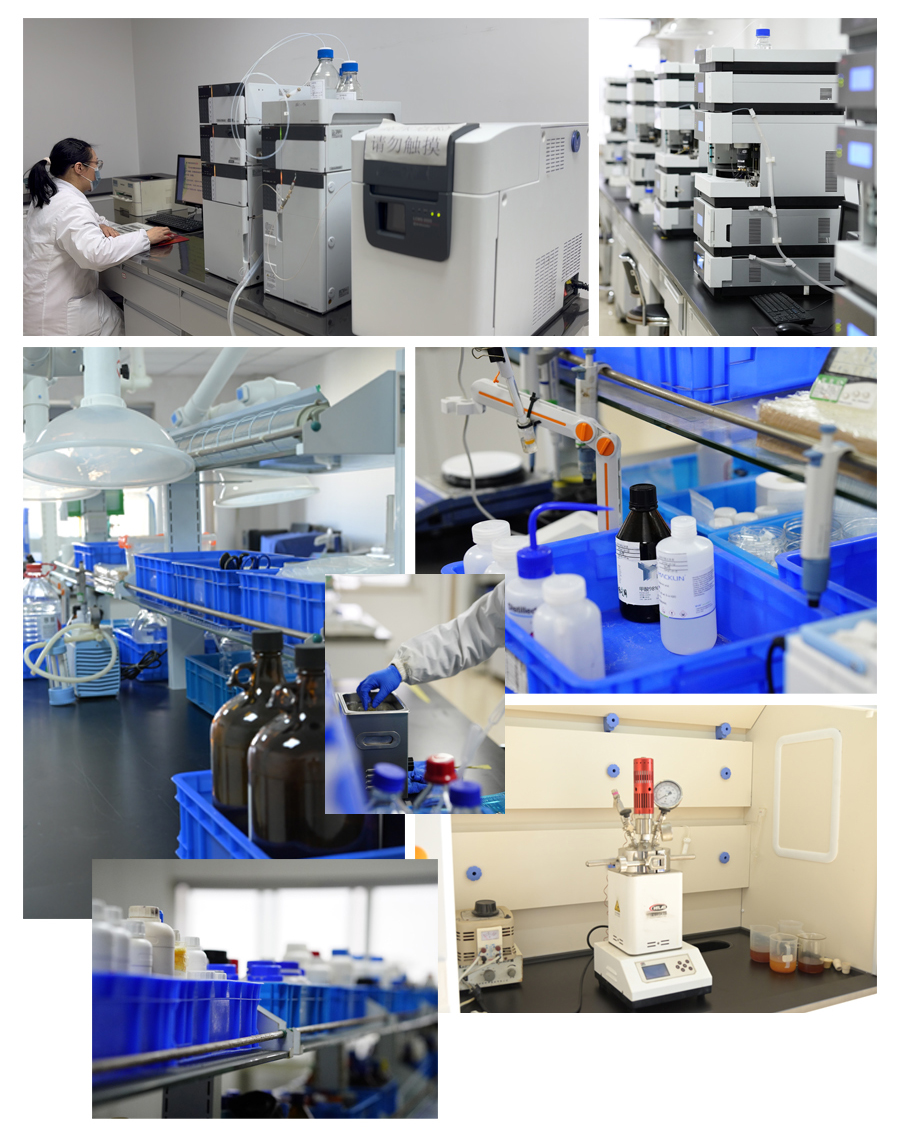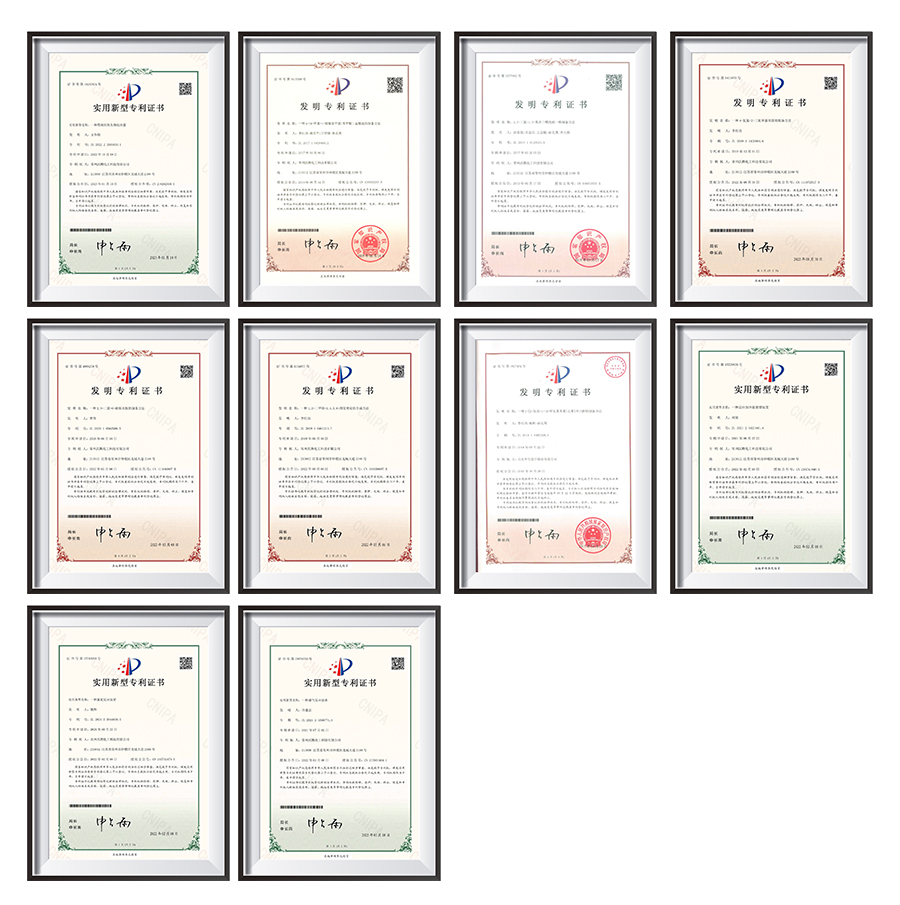| Availability: | |
|---|---|






Product Description
Product Category | Pharmaceutical intermediates |
CAS NO | 143782-23-4 |
Product Specifications | White to Yellow to Green powder to lump Melting point: 39.0 to 43.0 °C Boiling point: 331℃ Density: 1.31 Storage temp.: Inert atmosphere, 2-8°C |



